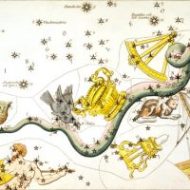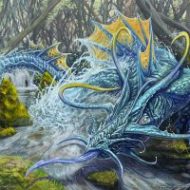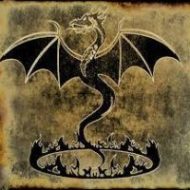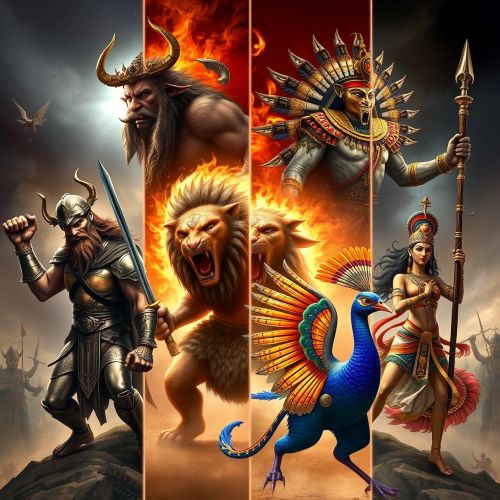Bashmu : The Horned Serpent
Listen
At a glance
| Description | |
|---|---|
| Origin | Babylonian Mythology |
| Classification | Hybrids |
| Family Members | N/A |
| Region | Iraq |
| Associated With | Astronomy |
Bashmu
Introduction
The Mesopotamian mythological creature known as the Bashmu or “Venomous Snake” was a horned snake with wings and forelegs. It was also the name of the constellation of the Akkadians, which is similar to the Greek Hydra.
The terms usum, which means “portrayed with feet,” and mus-sa-tur, which means “birth goddess snake,” may represent different types of demons or iconographic entities. The terms were first mentioned in a 22nd-century BC inscription at the town of Gudea.
Physical Traits
The Bashmu is a filter-feeder that lives in rivers such as the Euphrates and the Tigris. It feeds on algae and fish, though it can also go onto land to nourish itself on livestock and humans. Although it only has one mouth, the Bashmu is known to have many teeth, with some specimens having multiple rows of teeth. Also, due to their shark-like appearance, they can have multiple divided tongues.
Despite their lack of wings for flight, the snake can still swim with its fore-legs equipped with wing-like structures. The belly and wings of the Bashmu are usually hidden when it’s on land. These are usually visible during a mating or threat display.
Family
Bashmu was one of the eleven warriors who were defeated by Ninurta in the book, Angim. According to an Assyrian myth, the serpent was created in the sea and measured sixty feet long. It was said to have devoured various animals, birds, and humans, and it was sent to destroy them by the gods Nergal and Palil. The Enuma Elish creation myth also featured the bashmu as one of the creatures created by Tiamat.
Other Names
Bashmu was also known as Bashumu and Mussatur in ancient Mesopotamia.
Powers and Abilities
The Bashmu was a formidable serpentine creature in Mesopotamian mythology, possessing immense strength and terrifying abilities. Described as sixty feet long, it was an apex predator capable of devouring animals, birds, and even humans with ease. Its origins in the sea suggest that it had amphibious traits, making it equally dangerous on land and in water. The Bashmu was believed to be extremely fast and agile, allowing it to strike with lethal precision. Some accounts associate it with venomous fangs or a toxic breath, making it even more deadly. As one of the monstrous beings created by Tiamat in the Enuma Elish, it represented chaos and destruction, serving as a threat to divine order.
Beyond its physical prowess, the Bashmu was thought to possess near-invulnerability, as it required divine intervention from gods like Ninurta or Nergal to be defeated. Its thick scales or supernatural protections made it resistant to ordinary weapons, reinforcing its status as a near-indestructible force. In some interpretations, it may have wielded fire or poison breath, akin to later mythological dragons. As a creature of primordial darkness, the Bashmu embodied the untamed forces of nature and chaos, making it a crucial adversary in Mesopotamian mythological narratives. Its legacy influenced later depictions of serpent-dragons, connecting it to figures like the Mushussu, Leviathan, and the Hydra in other cultural traditions.
Modern Day Influence
Not much of the ancient Babylonian myths have survived the test of time and hybrid creatures like the Bashmu have either been assimilated into later civilizations and religions or been forgotten completely.
Related Images
Frequently Asked Questions
Who is the Bashmu?
The Mesopotamian mythological creature known as the Bashmu or “Venomous Snake” was a horned snake with wings and forelegs.
Where did the Bashmu live?
The Babylonian hybrid creature Bashmu is said to have lived in the rivers Tigris and Euphrates.
Where is Babylon today?
Babylon which is where the mythology of the Bashmu is said to originate is located in modern day Iraq.
In which video game does Bashmu appear?
Bashmu is a playable character in the MMORPG Tibia which is popular even today despitye being over 25 years old.
Watch






